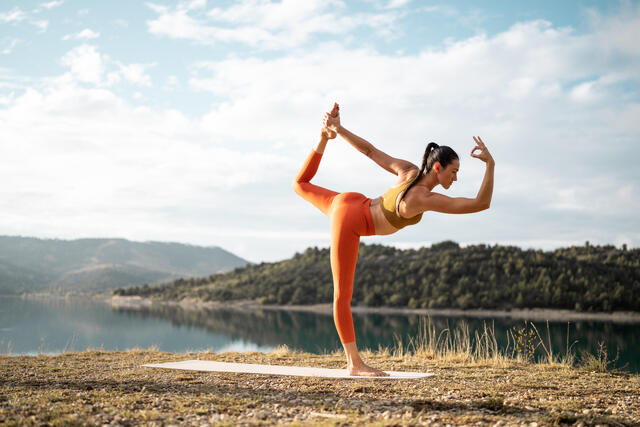Basic bike maintenance essentials
Keeping your bike clean
Looking after your bike doesn’t have to be difficult, and if you clean it regularly it’ll reward you with many more years in the saddle. To look after your bike properly, there are a few stages to consider.
1. Degreasing. First, you will need to get the grease, mud and dirt that will have built up on your bike’s drivetrain off at least once a month. If you skip the degreasing stage, any other cleaning won’t be effective as you’ll simply be moving the grime around.
2. Cleaning. The second stage clean will seal the deal on all the hard work you did during the degreasing and makes it shine. Make sure you do this once a month too to keep your bike in tip-top condition.
3. Lubricating. Lubricant increases the lifespan of your drivetrain by reducing friction. Do this at least every two weeks, and you’ll make sure your bike moves the way it should, all the time.




























